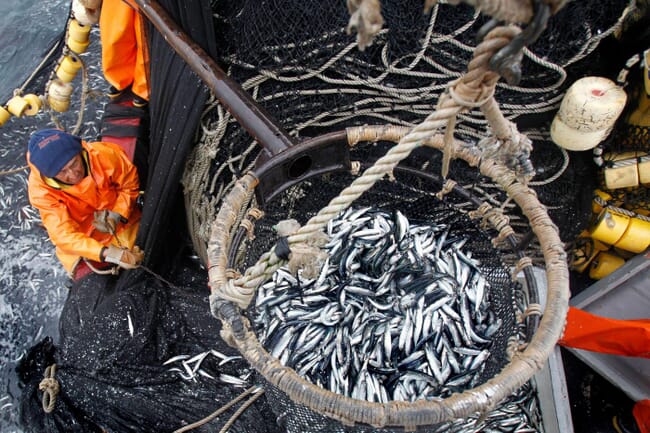
“The marine ingredients industry sees this as a very positive sign for the fishing and feed sectors, considering that Peru accounts for around one-fifth of global fishmeal supply in an average year. A second fishing season will take place later in the year, based on independently set quotas taking into account the size of the biomass,” IFFO stated in a press release.
The high quota fulfilment helps to explain why cumulative fishmeal production in the countries analysed in IFFO’s report* In the first five months of the year increased by 40 percent compared to the same period in 2023.
When it comes to fish oil, cumulative output through May 2024 was approximately 10.8 percent higher year-over-year, again driven by the increased supply from Peru. All other regions analysed in this report showed a decline in their supplies of fish oil in comparison to the first months of the year 2023.
China’s challenging conditions
Meanwhile, in China, a nationwide fishing ban running from May to mid-September is preventing the usage of wild captured fish for the production of fishmeal and fish oil, while the use of frozen fish is currently minimal due to the high prices of the raw material.
According to IFFO, cumulative imports of marine ingredients are decreasing, confirming the challenging conditions prevailing in both the pig and aquaculture markets.
Aquafeed production in the first half of the year 2024 remains below the amount reported during the same period in 2023. Despite some recent improvements in the farm-gate prices for certain farmed species, the reduced aquaculture activity in the first five months of 2024 might further weaken the demand for feed ingredients in the next quarter when most of these species will enter the grow-out phase.
*These data are based on statistics shared by IFFO’s membership, which accounts for 55 percent of global marine ingredients production – Peru, Chile, Denmark / Norway, Iceland / North Atlantic, USA, African countries, Spain.



